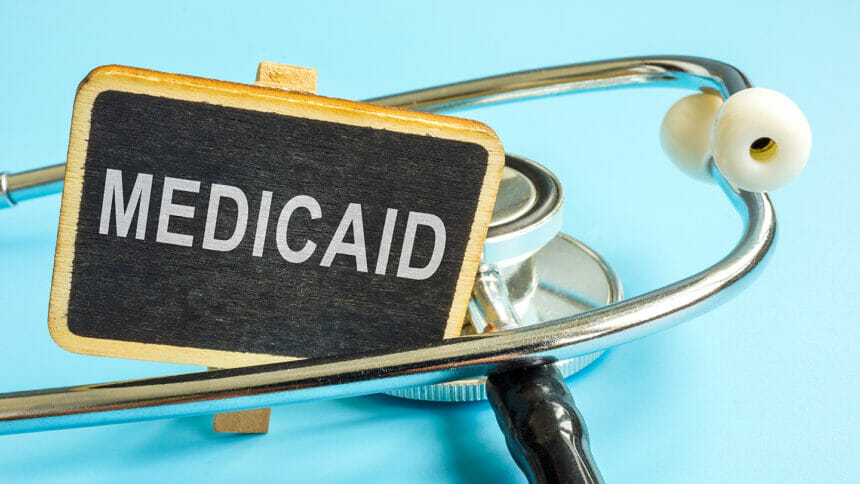
Montana’s nursing homes will see a significant increase in their Medicaid rates after the governor signed into law a hike that will take effect over the next two years.
In fiscal year 2024, facilities will see their base rate increase by 25.8%, with another 6% in fiscal 2025. That will build a total daily base rate per resident per day of $278.75, according to the Montana Health Care Association. That’s a jump from the current rate of $212 per resident per day.
Providers thought they had secured the more than 30% boost nearly in mid-May, but Gov. Greg Gianforte (R) delayed signing the state’s budget by weeks — setting off anxiety in some sectors, as reported by the Montana Free Press.
As welcome as the now-official increase is, it’s still not enough to fully cover their costs.
“Even these vastly improved rates do not cover the average costs of providing care in Montana because of the astronomical cost increases associated with wages, contract labor, inflation and regulations,” Rose M. Hughes, association executive director, told McKnight’s Long-Term Care News on Tuesday. “The only way for this to work is if there is a breakthrough in terms of the workforce and if the new rates enable us to have the flexibility to improve wages, incentives and benefits to a point where we reverse the trend of using more and more contract labor.”
Montana lost more than 850 skilled nursing beds in 2022, and 11 facilities closed over the last two years, the association has said.
Last year, the state commissioned a report from the international consulting firm Guidehouse Inc. that found Montana’s Medicaid rates were nearly 22% below “benchmark standards” for the true costs of care. The report recommended raising rates to $278 per resident per day.
In January, nursing home providers testified before lawmakers that they couldn’t compete with retail stores offering higher wages and the people being hurt are the residents.
“The majority of people we care for are people who qualify for Medicaid. They’re your retired farmers, ranchers, nurses, teachers, [a] cross-section of Montanans who’ve given all their lives to us,” said Jason Cronk, the president of Immanuel Lutheran Communities, an assisted living and skilled nursing facility in Kalispell, per the Montana Free Press. “We depend on the state government to help us adequately care for and serve our Montana older adults who need us.”
Bob Olsen, interim president and CEO of the Montana Hospital Association, the LeadingAge partner in the state, told McKnight’s in an emailed statement that the increased rates will improve health outcomes across the healthcare continuum.
“A healthcare system is only as strong as its weakest link,” he said. “With the increased number of Montana nursing home closures in recent years, hospitals have had to play a larger role in caring for patients who are ready for but can’t find placement in skilled nursing facilities. This delays a patient’s return to their home community, unnecessarily drives up costs, and diverts resources away from acute hospital patients. We are optimistic that these investments will reverse the trend of nursing home closures in our state and ensure all patients receive the most appropriate care as close to home as possible.”
Providers will have to wait for the new rates to take effect since it requires a state rulemaking process. But once the new amount is in place, it will be paid retroactively to July 1, the Montana Health Care Association said.





